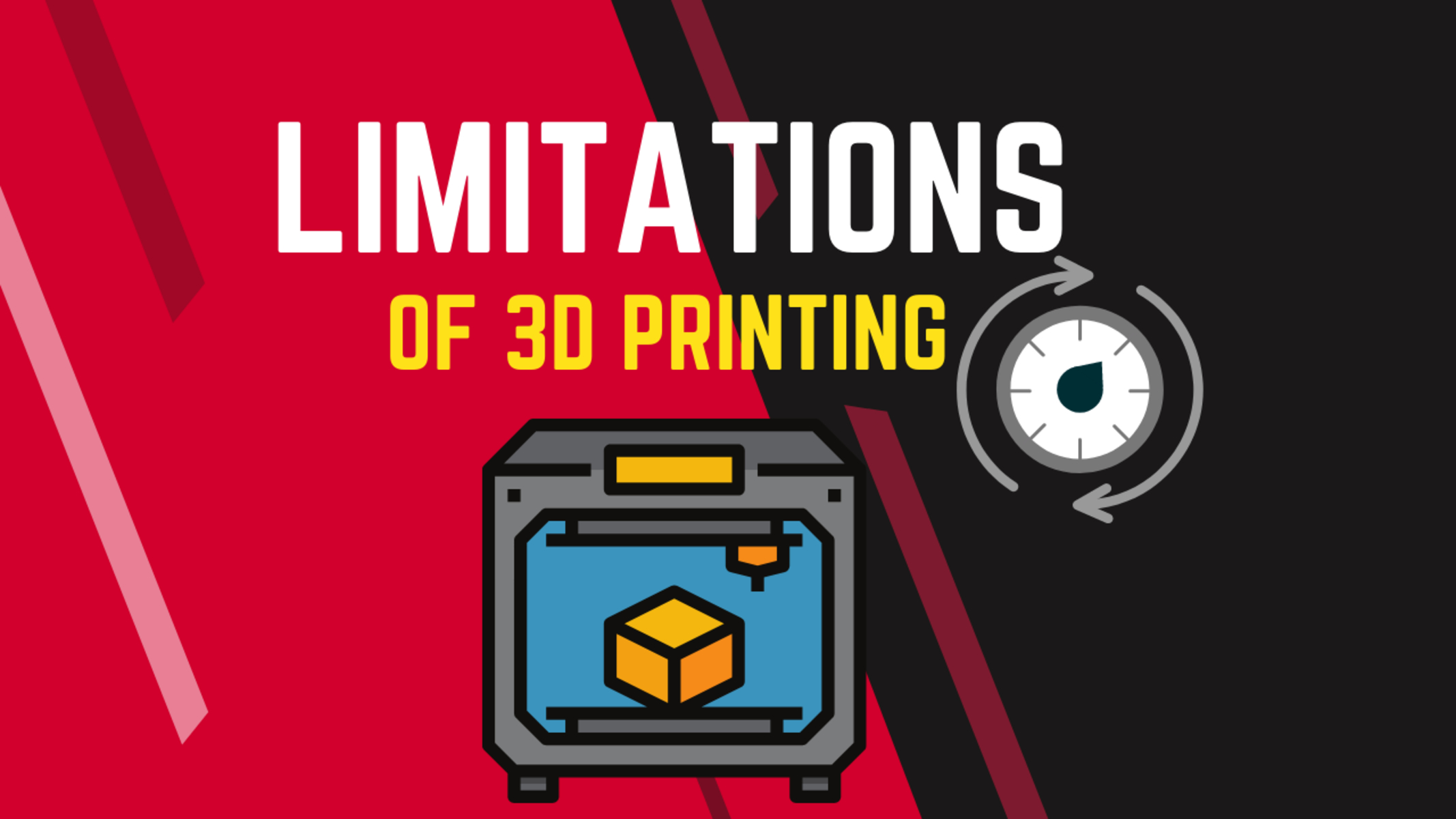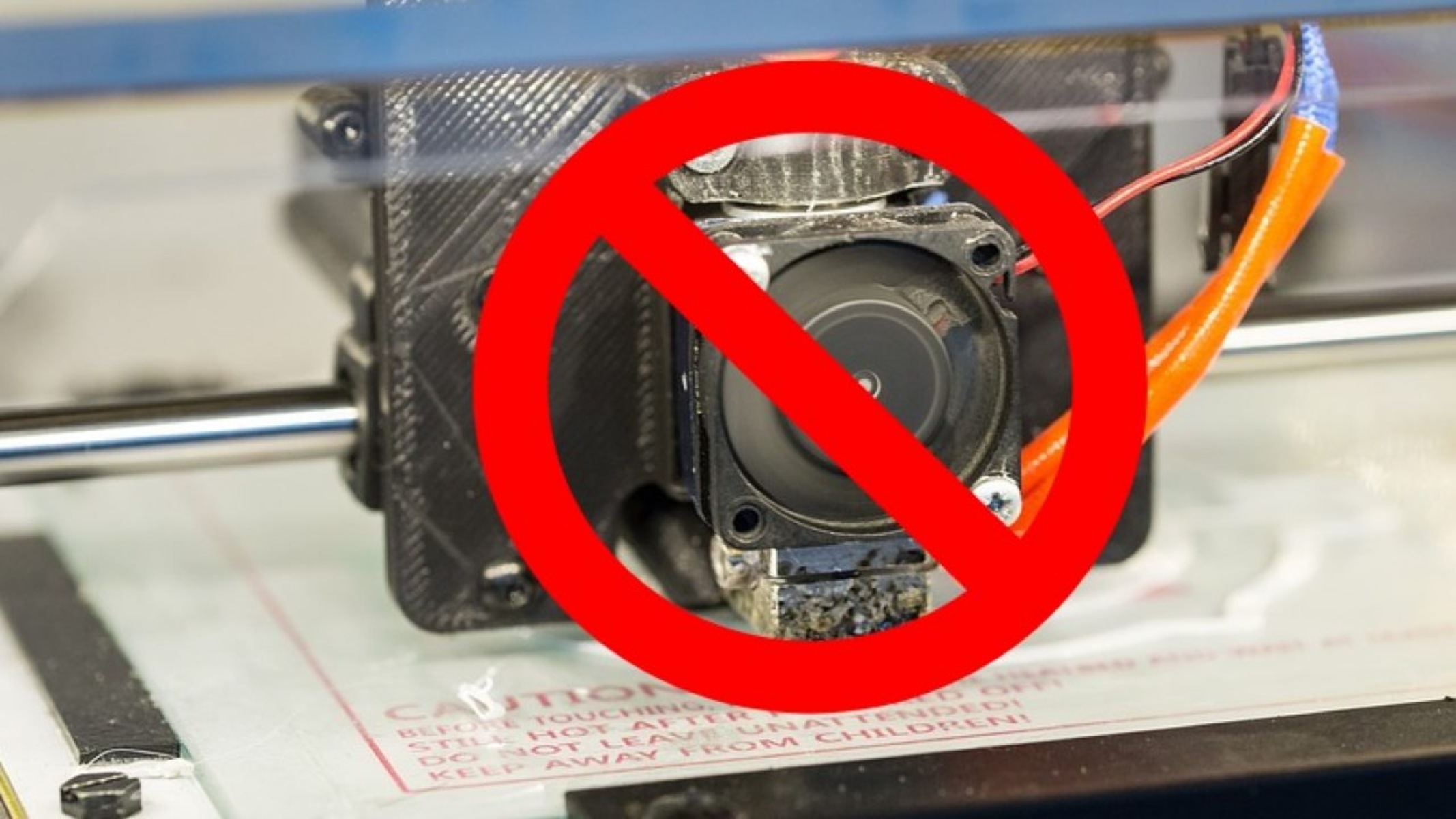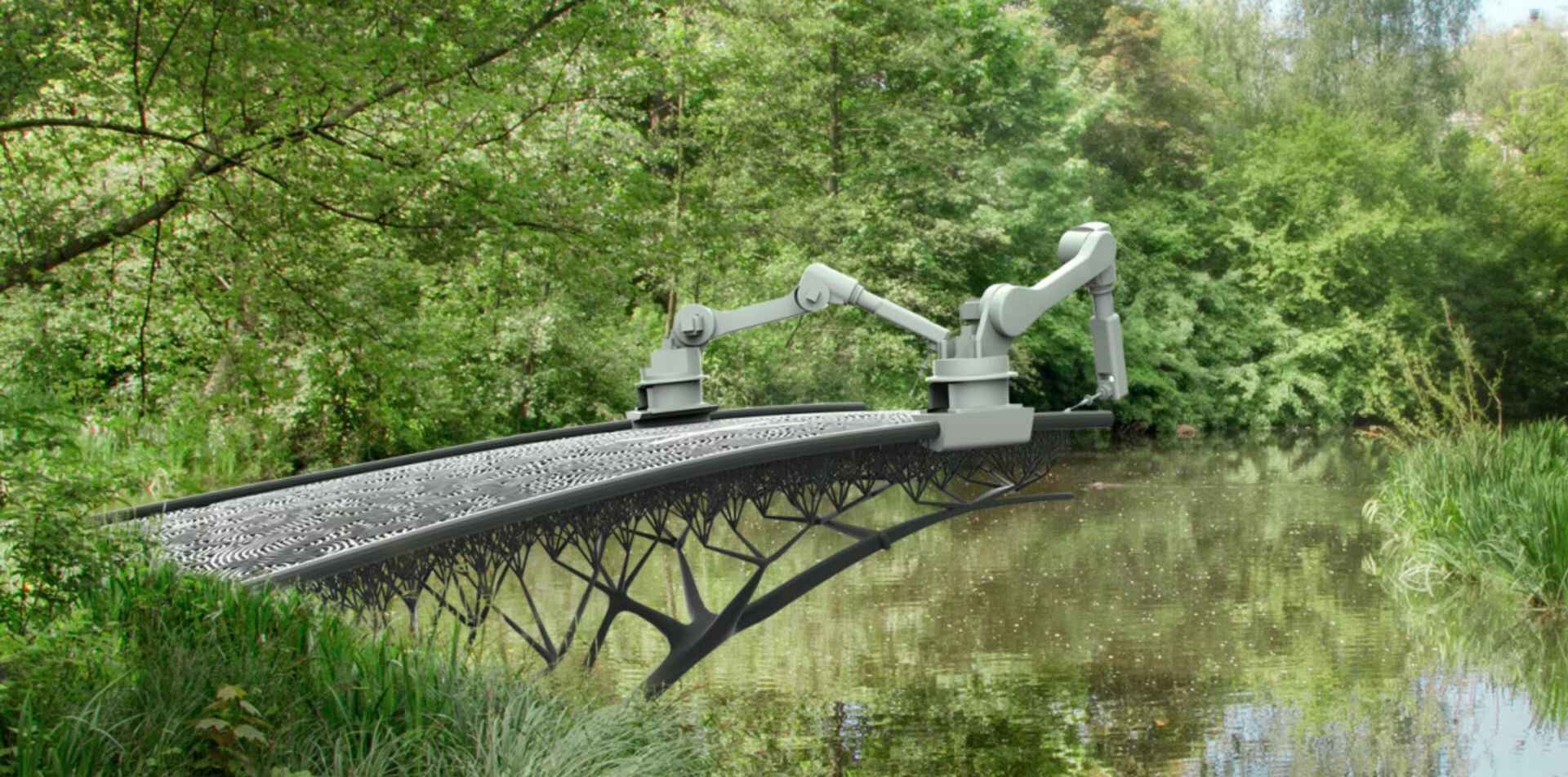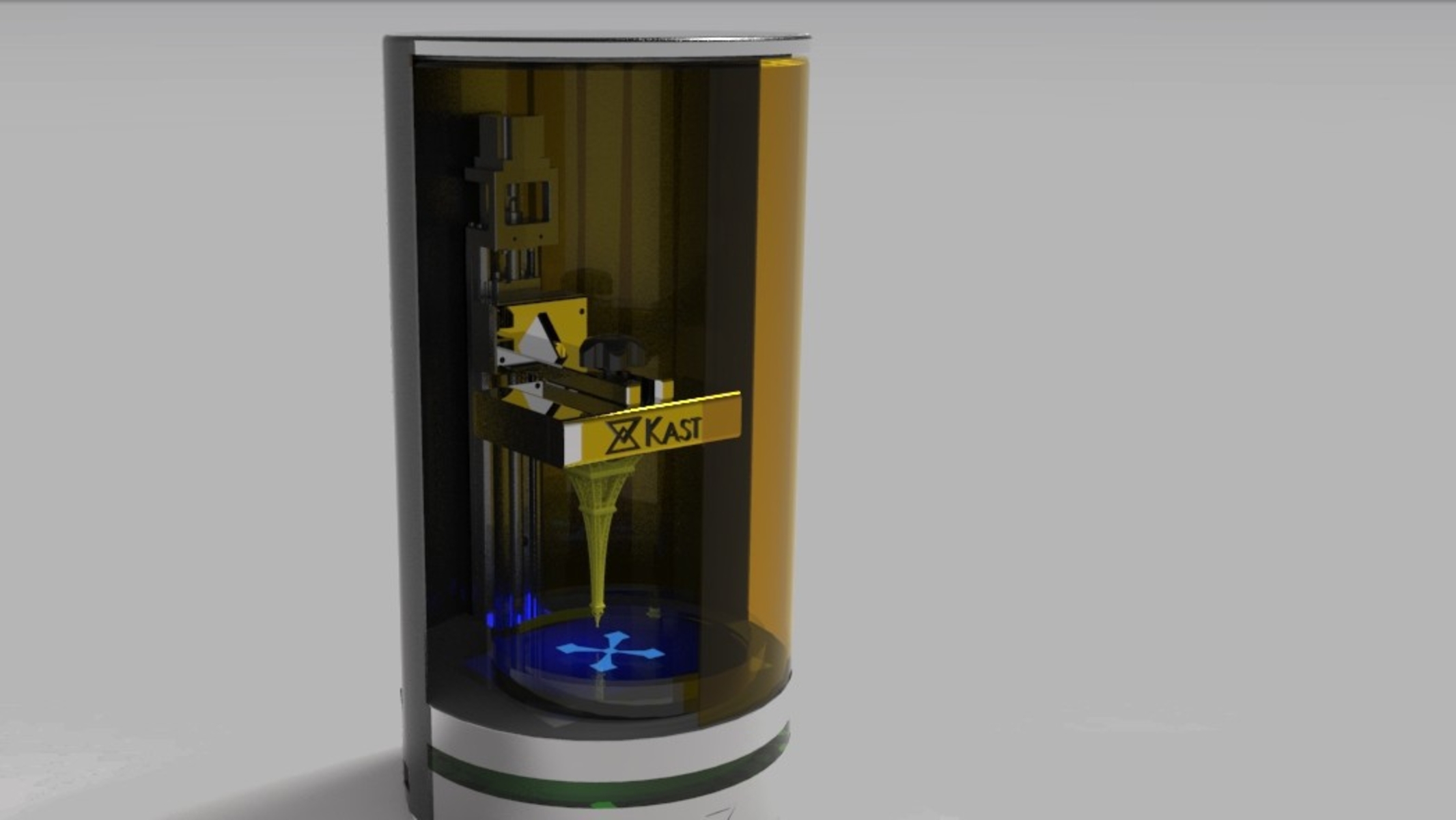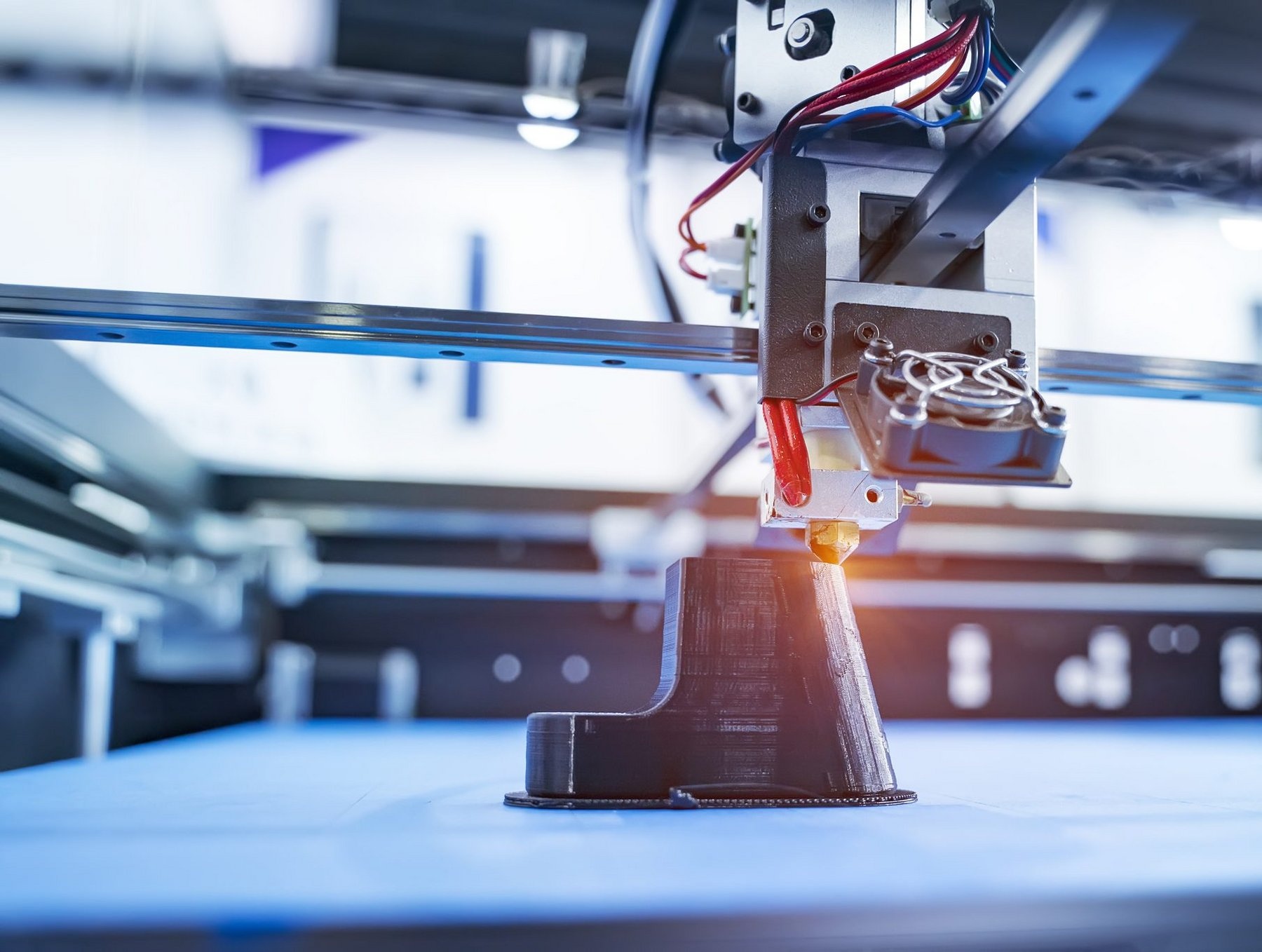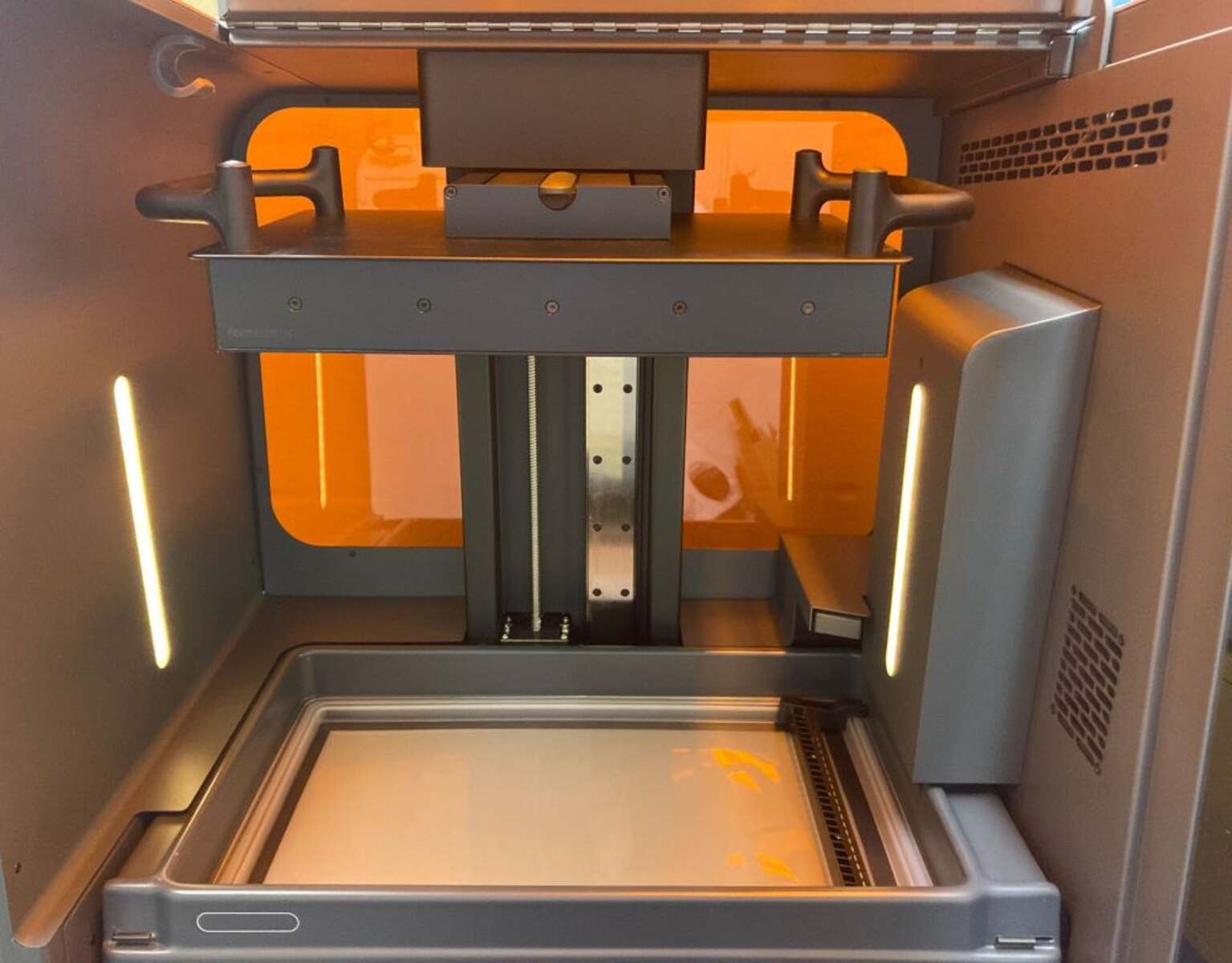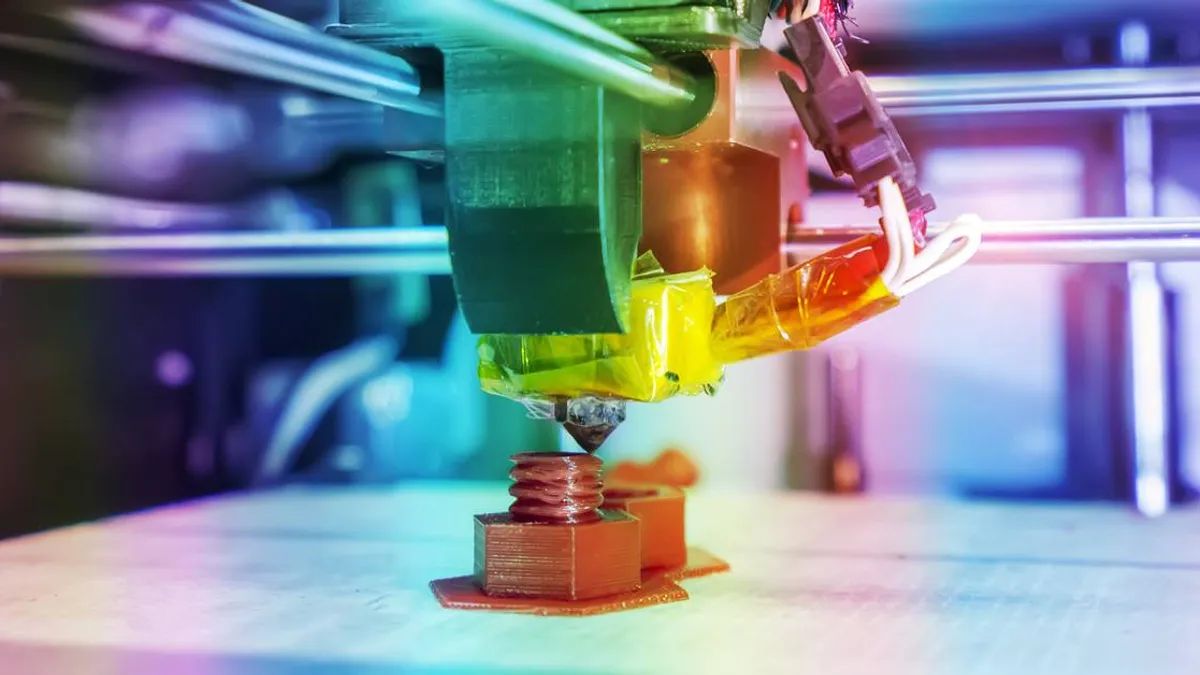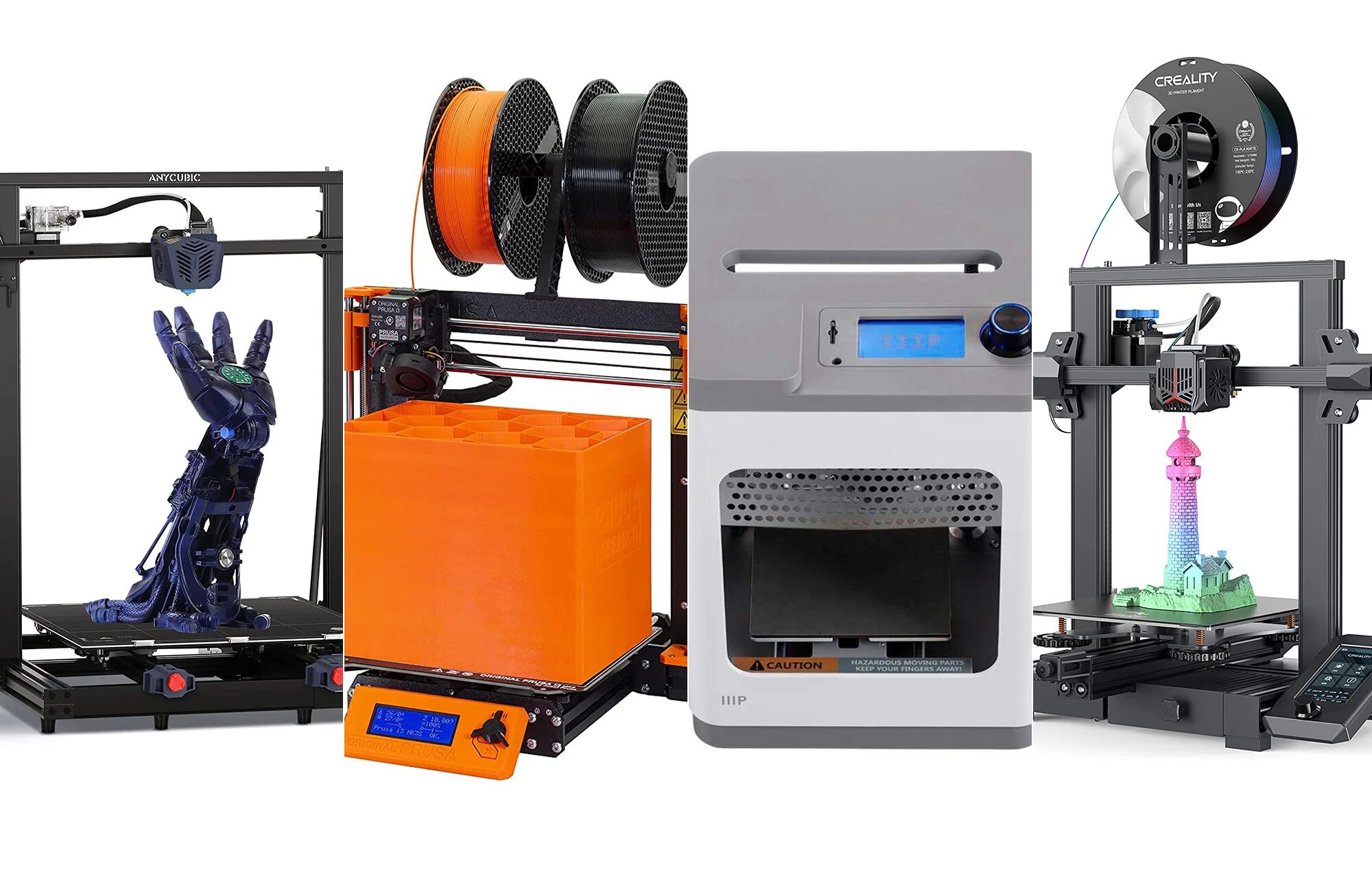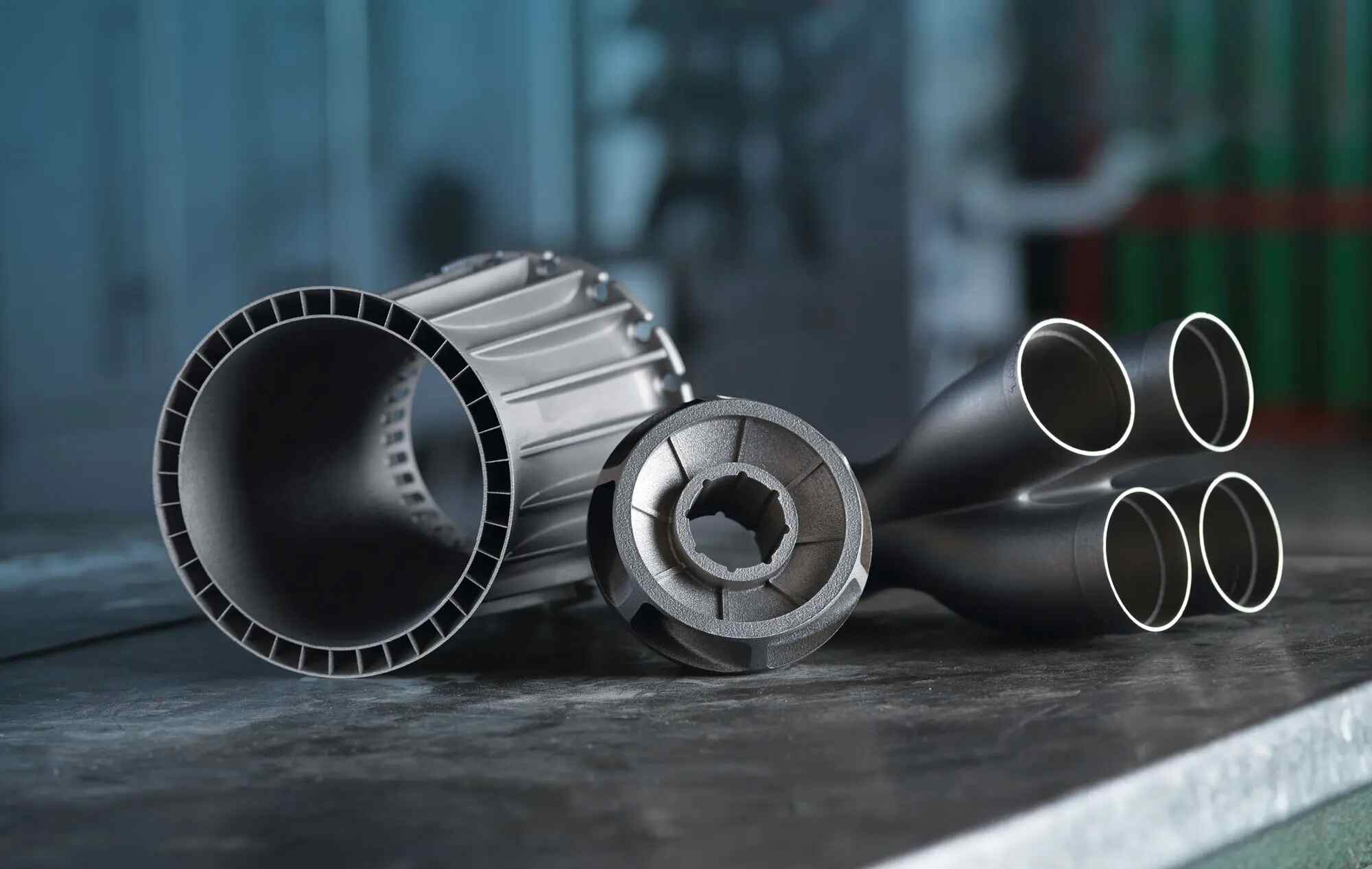Introduction
3D printing, also known as additive manufacturing, has revolutionized the manufacturing industry and opened up a world of possibilities. It allows for the creation of complex and customized objects by layering materials to build a three-dimensional structure. From prototypes to medical implants to intricate artworks, 3D printing has showcased its versatility and potential.
However, like any technology, 3D printing has its limitations. While it has garnered much attention in recent years, particularly for its innovative applications, it’s important to understand the challenges and constraints that come with this technology. By acknowledging these limitations, we can better appreciate the scope and potential of 3D printing and work towards overcoming them.
In this article, we will explore some of the limitations of 3D printing and delve into how they impact its applications and usability. By doing so, we aim to provide a comprehensive understanding of the technology’s constraints as well as potential areas for improvement.
Complexity of Design
One of the limitations of 3D printing lies in the complexity of the design that can be achieved. While 3D printers allow for intricate and detailed objects, there are certain design features that can be challenging to replicate accurately. This limitation is primarily due to the layer-by-layer printing process.
In some cases, achieving the desired level of complexity may require additional supports or structures to prevent the collapse or deformation of the object during the printing process. Complex geometries or overhangs that do not have sufficient support can lead to printing failures or compromised structural integrity.
Furthermore, the limitations of the printing technology itself can restrict the level of detail that can be achieved. The resolution of the printer, also known as the layer height, determines the thickness of each printed layer. This can result in a visible layering effect on the final object, reducing the overall surface quality and fidelity to the original design.
While advancements in 3D printing technology have improved the resolution and accuracy of printed objects, there are still limitations in pushing the boundaries of complex designs. Designers and engineers must take these limitations into consideration and find innovative ways to optimize designs for 3D printing, striking a balance between complexity and printability.
Materials Limitations
Another significant limitation of 3D printing lies in the range of materials that can be utilized. While there are various materials available for 3D printing, the selection is not as extensive as in traditional manufacturing methods like injection molding or machining.
Many 3D printers are designed to work with specific materials, such as plastics or resins, limiting the options for creating objects with diverse properties. While advancements have been made in incorporating new materials, including metals, ceramics, and even food-based materials, the availability and compatibility of these materials may still be limited.
Additive manufacturing techniques often require specific characteristics from materials, such as melting temperature, viscosity, or compatibility with the printing process. These constraints can limit the use of certain materials and hinder the ability to create objects with desired properties like flexibility, transparency, or conductivity.
Additionally, the quality and performance of the printed objects can vary depending on the materials used. While some materials may offer adequate strength and durability, others may have limitations in terms of mechanical properties or resistance to environmental factors like heat or moisture. These material limitations can be a challenge when attempting to print functional prototypes or parts for specific applications.
However, it is important to note that ongoing research and development efforts are continuously expanding the range of materials available for 3D printing. With advancements in materials science, we can expect to see improvements in the selection of materials, allowing for greater flexibility and a wider range of applications for 3D printing.
Post-Processing Requirements
While 3D printing offers the advantage of creating objects directly from digital designs, there are often post-processing requirements that need to be fulfilled before the final product is ready for use or display. Post-processing refers to any additional steps or treatments that are necessary to enhance the appearance, functionality, or durability of the printed object.
One common post-processing requirement is the removal of support structures. These structures are usually printed alongside the object to provide support during the printing process, especially for complex geometries or overhanging features. After printing, these supports need to be manually removed or dissolved using chemicals, which can be time-consuming and labor-intensive. The removal process may also leave behind rough surfaces or require additional refinements to achieve the desired finish.
Additionally, post-processing may involve sanding, polishing, or smoothing the surfaces of the printed object to improve its aesthetic appearance. This is particularly important for objects intended for visual display or consumer use where a smooth and refined finish is desired. Depending on the complexity of the design and the desired level of finish, post-processing can significantly increase the overall production time and effort.
In some cases, post-processing may also involve additional treatments such as painting, coating, or applying other surface finishes to achieve specific colors, textures, or functional properties. These additional steps can further add to the complexity and time required to produce a final, usable product.
It is important to consider the post-processing requirements when planning a 3D printing project. Understanding the necessary steps and allocating resources for post-processing can help ensure that the printed objects meet the desired specifications and achieve the desired level of quality.
Time and Cost Limitations
While 3D printing offers numerous advantages in terms of customization and rapid prototyping, it is important to consider the time and cost limitations associated with this technology. Compared to conventional manufacturing methods, 3D printing can be relatively time-consuming and costly.
One of the factors contributing to the time limitation is the layer-by-layer process of 3D printing. Building complex objects layer by layer can take a significant amount of time, especially for large or intricate designs. The time required to print an object can vary depending on factors such as the size, complexity, and resolution of the model, as well as the speed of the printer. This time limitation is especially critical when it comes to mass production or meeting tight project deadlines.
In addition to time limitations, 3D printing can also be associated with higher costs compared to traditional manufacturing methods. The cost of 3D printers, materials, and post-processing equipment can be significant, especially for high-quality industrial-grade systems. Furthermore, the cost of materials used in 3D printing, such as specialized filaments or resins, can be relatively expensive compared to traditional raw materials.
Moreover, the cost per unit of 3D printed objects can be higher than mass-produced items due to slower production rates and the need for additional post-processing steps. While 3D printing can economize on material usage by only printing what is needed, the overall cost of production may still outweigh the benefits in certain applications.
It is important to carefully consider the time and cost implications when deciding whether to pursue 3D printing for a particular project. Assessing factors such as project timeline, budget constraints, and the desired quantity and quality of the final product is crucial in determining the feasibility and viability of 3D printing as a production method.
Size Constraints
Size constraints are another notable limitation of 3D printing technology. While the dimensions of objects that can be printed vary depending on the specific printer and its capabilities, there are inherent limitations on the maximum size that can be produced.
The build volume, or the maximum size of the printing area, varies among different 3D printers. Desktop or consumer-level 3D printers typically have smaller build volumes compared to industrial-grade printers. This means that the size of objects that can be printed in a single print job is limited by the available space within the printer.
By using modular design techniques, larger objects can be printed by dividing them into smaller parts and assembling them afterward. However, this approach usually results in additional post-processing requirements, such as gluing or fastening the printed parts together. It also introduces potential alignment and structural integrity challenges.
Additionally, the size limitations of 3D printing can affect the scalability of production. Printing large quantities of the same object may require multiple printing jobs or the use of multiple printers simultaneously. This can increase production time and cost, as well as introduce potential inconsistencies due to variations in print quality across different printers.
It is essential to consider the size constraints when utilizing 3D printing for a project. Evaluating the size requirements of the intended object and comparing them with the available build volume can help determine whether 3D printing is a viable option or if an alternative manufacturing method should be considered for larger objects.
Limited Range of Colors
While 3D printing has the ability to create intricate and detailed objects, there is a limitation when it comes to the range of colors that can be achieved. Most 3D printers are capable of printing objects in a limited range of colors, often constrained to a single color or a small set of colors.
One of the reasons for this limitation is the printing process itself. Many 3D printers operate using the fused deposition modeling (FDM) technique, which involves melting and extruding filament material onto the printing bed. The filaments used in FDM printers typically come in a limited variety of colors.
While it is possible to change the filament color during a print job, this often requires manual intervention and can lead to interruptions in the printing process. Additionally, mixing different colored filaments during printing can result in inconsistent color distribution or unwanted blending effects.
Another factor that limits the range of colors in 3D printing is the availability of pigmented materials. While filament-based printers primarily use solid-colored filaments, resin-based printers offer a broader color spectrum. However, the selection of colored resins is still not as extensive as traditional painting techniques. Achieving specific or custom colors may require additional post-processing steps such as painting or applying surface finishes.
It is worth noting that advancements in 3D printing technology are being made to address this limitation. Some printer manufacturers are developing methods to incorporate color mixing or multi-material deposition techniques, allowing for a wider range of colors and even gradients within printed objects. However, these advancements are still relatively limited in terms of availability and accessibility.
When considering 3D printing for color-dependent applications, it is important to be aware of this limitation and plan accordingly. Incorporating post-processing steps, such as painting or surface finishes, may be necessary to achieve the desired colors and aesthetics in the final printed object.
Lack of Durability in Some Applications
While 3D printing has proven to be a versatile manufacturing method, it does have limitations when it comes to the durability of printed objects, particularly in certain applications. The mechanical properties and overall strength of 3D printed objects can vary depending on the materials used, the printing process, and the design of the object.
One of the primary factors contributing to the lack of durability is the layer-by-layer nature of 3D printing. Each layer of the printed object is fused or bonded together, which can result in weak points, especially in objects with complex geometries or internal structures. This can make 3D printed objects more susceptible to fracture or breakage under stress or repetitive loading.
Moreover, the material properties of the filaments or resins used in 3D printing can also impact the durability of the printed object. While there are strong and durable materials available for 3D printing, they may not possess the same strength or toughness as materials commonly used in traditional manufacturing methods like injection molding or machining.
Additionally, the post-processing steps, such as removing supports or sanding, can also affect the strength and durability of the printed object. In some cases, these processes can inadvertently introduce weaknesses or imperfections that can compromise the overall durability of the final product.
It is crucial to consider the intended application and requirements when using 3D printing for functional parts or objects that need to withstand mechanical or environmental stresses. Evaluating the material properties, design considerations, and potential post-processing techniques can help mitigate the lack of durability in certain applications. For critical or high-stress applications, alternative manufacturing methods or additional strengthening techniques, such as reinforcement inserts or secondary bonding, may need to be considered.
Limited Resolution and Surface Quality
3D printing, while capable of producing intricate and detailed objects, does have limitations when it comes to resolution and surface quality. The resolution of a 3D printer refers to the minimum feature size or level of detail that can be achieved in the printed object.
One of the factors contributing to limited resolution is the layer height or the thickness of each printed layer. The layer height determines the level of detail that can be captured and can result in a visible layering effect on the surface of the printed object. Higher layer heights can lead to reduced resolution and less precise reproduction of fine details.
Furthermore, the type of printing technology used can also affect the resolution and surface quality. Fused deposition modeling (FDM) printers, which extrude layers of filament, typically have lower resolution compared to resin-based printers, which use photopolymerization to solidify liquid resin layer by layer. Resin-based printers have the ability to produce smoother and more detailed surfaces due to their high-resolution capabilities.
Post-processing techniques like sanding or polishing can improve the surface quality of 3D printed objects, but they may not always be able to completely eliminate all visible layer lines or imperfections. Achieving smooth and high-quality surfaces can require additional time, effort, and skill.
It is important to consider the resolution and surface quality requirements when planning a 3D printing project. Understanding the limitations of the chosen printing technology and the impact it may have on the final appearance and functionality of the printed object is crucial to manage expectations and ensure that the desired level of detail and surface finish can be achieved.
Conclusion
While 3D printing has revolutionized the manufacturing industry and opened up a world of possibilities, it is important to acknowledge its limitations. Understanding these limitations can help us better navigate the challenges associated with 3D printing and find ways to overcome them.
We have explored several significant limitations of 3D printing, including the complexity of design, materials limitations, post-processing requirements, time and cost constraints, size limitations, limited range of colors, lack of durability in some applications, and limited resolution and surface quality. Each of these limitations presents unique challenges and considerations when using 3D printing as a manufacturing method.
Despite these limitations, it is essential to recognize the advancements made in 3D printing technology and the ongoing efforts to push the boundaries. Research and development in materials, printing techniques, and software advancements continue to expand the capabilities and possibilities of 3D printing.
By understanding these limitations, designers, engineers, and manufacturers can make informed decisions about when and how to utilize 3D printing. Careful planning, optimizing designs for printability, and exploring alternative manufacturing methods where necessary can help overcome these limitations and tap into the vast potential of 3D printing.
In conclusion, while 3D printing has its limitations, it remains a valuable and transformative technology in the manufacturing landscape. By continuously pushing the boundaries and addressing these limitations, we are poised to unlock even greater possibilities with 3D printing in the years to come.







